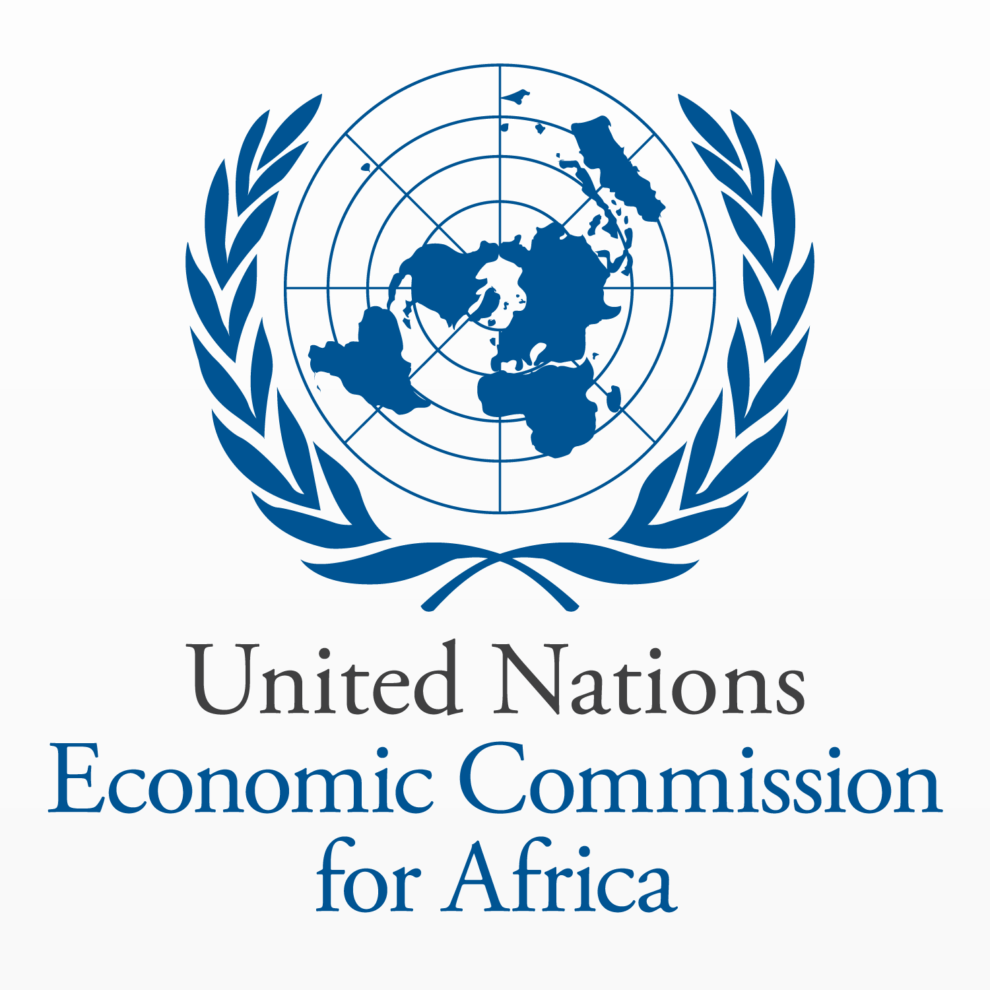The United Nations Economic Commission for Africa (UNECA) has urged African governments to put in place policies and actions that would accelerate and realise the demographic dividend in the continent.
Mr Ismaël Issifou, Associate Economic Affairs Officer, UNECA said this as part of the presentation of a study at a virtual session of Think Tanks and Experts Group 2020.
The urge was based on a study on “Population Dynamics, Demographic Dividends and Sustainable Development in West Africa” by the ECA Sub-regional Office for West Africa (SRO-WA).
Demographic dividend refers to the growth in an economy that is the result of a change in the age structure of a country’s population.
The change in age structure is typically brought on by a decline in fertility and mortality rates.
The study showed how the effectiveness of policies to sustain the three dimensions of sustainable development— economy, society and environment—were dependent on key population policies.
Issifou said the study noted that “it is imperative to put in place policies and actions that will accelerate and help realise the promise of the potential dividend”.
According to the study, population dynamics in West Africa was estimated at 402 million in 2020 making 5.1 per cent of world population and 30 per cent of Africa’s population.
Nigeria, it stated, represented half of the West African population at 51.3 per cent with a population growth estimated at 2.6 per cent.
The rate was compared with the African growth rate at 2.44 per cent and world growth at 1.04 per cent.
It also added that there was a high population growth rate in Sahel countries.
The study also noted that population drivers in West Africa, in relation to births and deaths, showed a decreased trend in Crude Birth Rates (CBR) but at a slow pace compared to the world trend.
It also showed that there was significant decrease in Crude Death Rates (CDR), narrowing the gap between the sub-region and the world.
“CBR exceeding CDR leads to increasing population. It will take some time before demographic transition reaches its last stage in West Africa.”
Also, population drivers in terms of child mortality was a hindrance to low fertility rates in West Africa, the study stated.
It noted, however, that under-five mortality rates exerted positive influence on population growth which started by its positive connection with total fertility rates.
Furthermore, in terms of age structure, youth made up a large proportion of the West African population with an average median of 18 years.
“Young population is conducive to rapid population growth due to large population at the reproductive age. Low median age tends to increase fertility rates,” the study noted.
It further showed that population was driven by the large increase in people at the reproductive age which impeded efforts to control populace in the sub-region.
Issifou added that the study showed how population change at national levels could be detrimental to some sub-regional agreement, such as Sustainable Development Goals agenda.
The meeting had as its theme “Generational Economy and Structural Transformation in COVID-19 Era in West Africa” which focused on the “Demographic dynamics for development and structural transformation in West Africa”.
The Think Tank and Experts Group meeting will be followed by the 23rd session of the Intergovernmental Committee of Senior Officials and Experts (23rd ICE) for West Africa.
The 23rd ICE has as its theme “Maximising Investments to Achieve Optimum Demographic Dynamics in West Africa in COVID 19 era: The Imperative of Building Back Better”.
The meetings are organised by the SRO-WA of UNECA in collaboration with the Nigerian government.



